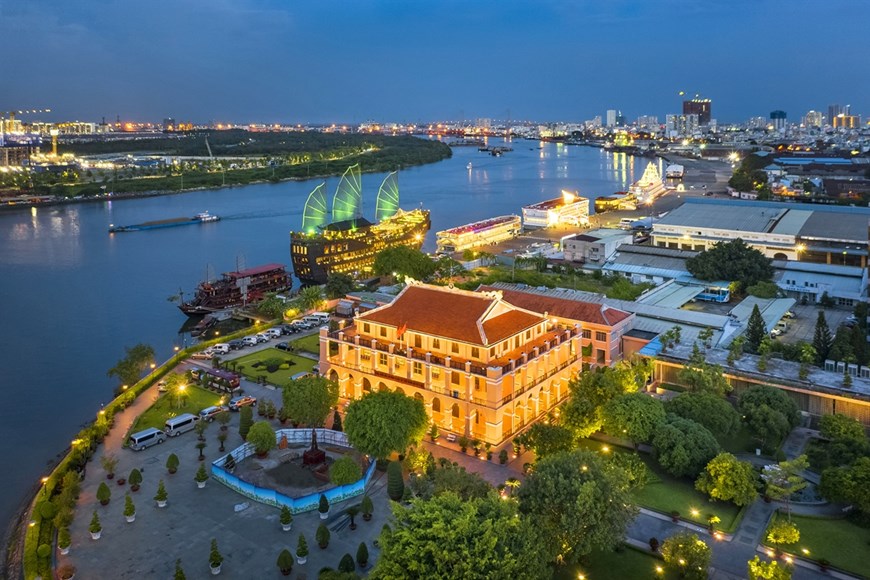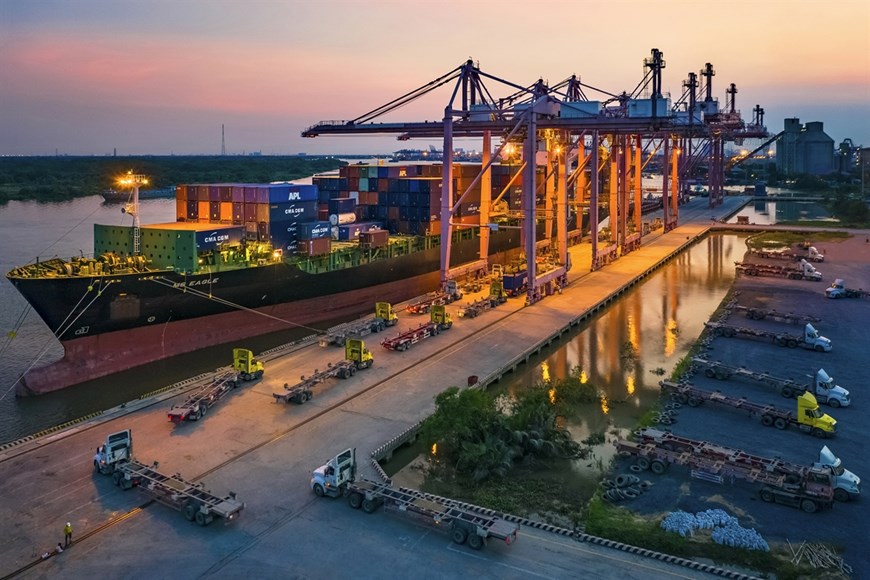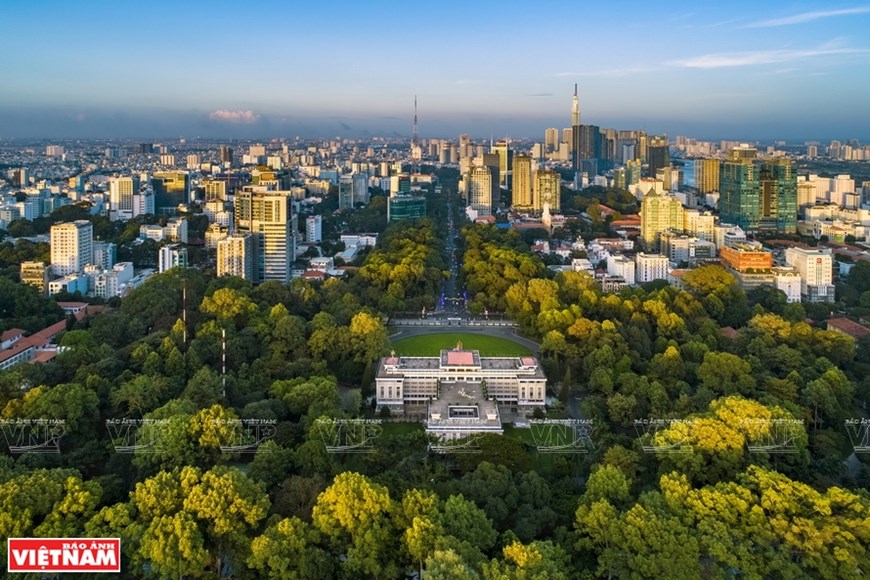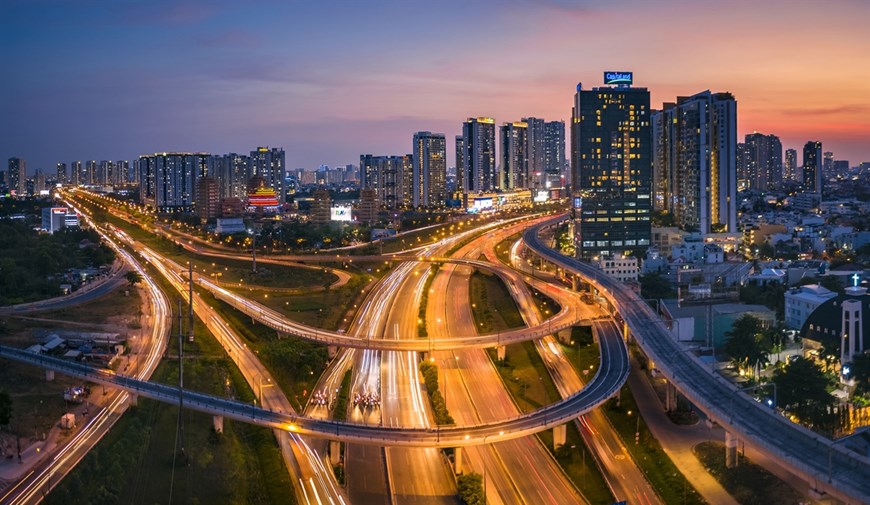
Forty-five years after the country's reunification, Ho Chi Minh City has transformed from a war-damaged city into a major economic hub in the country and Southeast Asia. With a population of around 13 million, the city aims to become a smart and modern urban area.
Forty-five years after the country’s reunification, Ho Chi Minh City has transformed from a war-damaged city into a major economic hub in the country and Southeast Asia. With a population of around 13 million, the city aims to become a smart and modern urban area.
 |
| Ho Chi Minh City seen from the Saigon river. |
 |
| Nha Rong wharf was originally a big trading port in the South, built in 1864 by the Saigon River. It is the place where late President Ho Chi Minh embarked in 1911 to seek a path to national salvation. It attracts millions of Vietnamese and foreign tourists every year. |
 |
| Cat Lai port located by the Dong Nai river is one of the key ports of Ho Chi Minh City’s port system. |
 |
| Located in the heart of Ho Chi Minh City, the Independence Palace attracts a large number of international and domestic tourists.It is also a place to host high-ranking delegations of the state and party, and international and domestic workshops. |
 |
| Cat Lai T-junction, the gateway to the city. |
 |
| Ho Chi Minh City by night |
 |
| District 1 is considered the busiest district, with the highest living standard in all aspects. Dong Khoi street and Nguyen Hue pedestrian street are the major business streets in the district. |
 |
| The municipal People's Committee Headquarters is one of the most iconic classical buildings of the city. |
(Source: VNA)





